When it comes to caring for our feathered companions, nutrition stands as the cornerstone of their health and longevity. Yet despite the wealth of information available today, numerous misconceptions about parrot diets continue to circulate among bird owners. These diet myths aren’t merely harmless misconceptions—they can lead to serious health consequences, including malnutrition, obesity, organ failure, and shortened lifespan.
Many well-intentioned parrot owners unknowingly follow outdated or incorrect feeding advice passed down through generations or spread through unreliable sources. Understanding the truth behind these dietary myths is essential for providing optimal care for these intelligent and sensitive creatures who depend entirely on us for their nutritional needs.
The “Seeds-Only” Diet Fallacy
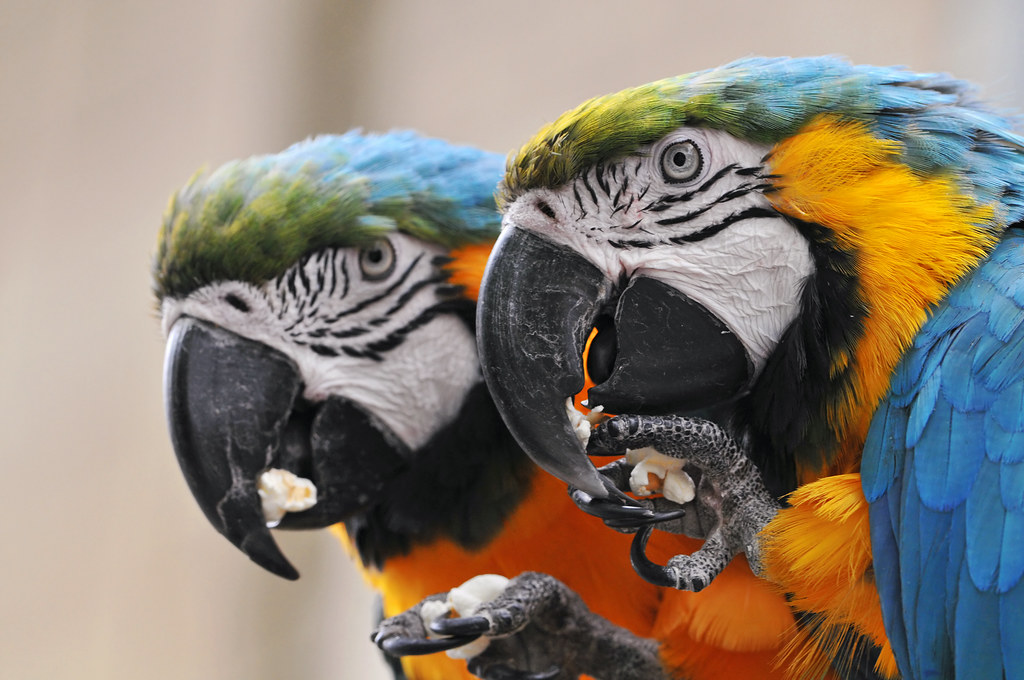
Perhaps the most pervasive and dangerous myth is that parrots can thrive on a diet consisting solely of seeds. This misconception likely stems from the fact that wild parrots do consume seeds as part of their natural diet, leading owners to believe that seed mixes provide complete nutrition. In reality, most commercial seed mixes are extremely high in fat and deficient in essential vitamins, minerals, and amino acids that parrots require. Birds fed exclusively seeds often develop severe nutritional deficiencies, particularly a lack of vitamin A, calcium, and protein.
Over time, a seeds-only diet can lead to weakened immune systems, liver disease, reproductive problems, and feather destruction behaviors. Even high-quality seed mixes should only constitute a small portion of a parrot’s overall diet rather than serving as the primary food source.
The Avocado Misconception
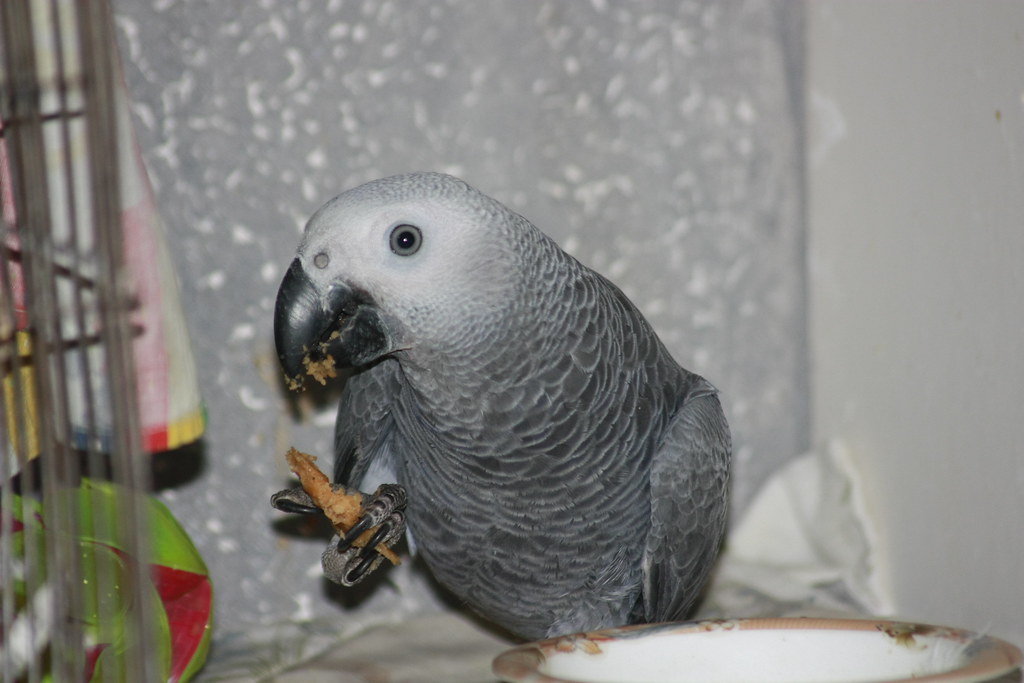
A dangerous myth circulating among some parrot owners is that avocados can be a healthy treat for birds. This misconception likely stems from the fact that avocados are nutritious for humans, containing healthy fats and various nutrients. However, avocados contain a compound called persin that is highly toxic to parrots and many other bird species. Consumption of even small amounts of avocado flesh, skin, or pit can cause respiratory distress, weakness, heart damage, and even death in parrots.
The effects can occur rapidly, sometimes within 12 hours of ingestion, giving owners little time to seek veterinary intervention. All parts of the avocado should be kept far away from parrots and other pet birds to prevent accidental poisoning.
The “Fruits and Vegetables Are Enough” Myth
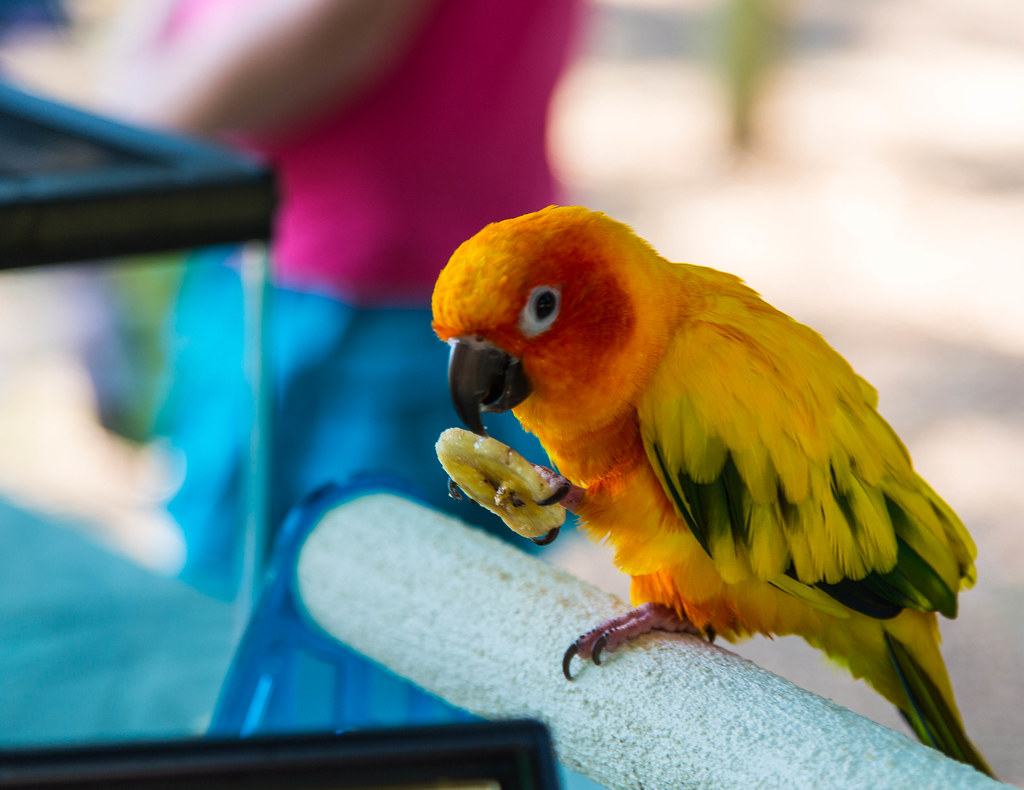
While incorporating fresh fruits and vegetables into a parrot’s diet represents a significant improvement over seeds alone, another common myth is that these foods provide complete nutrition. Though fruits and vegetables offer essential vitamins and nutrients, they lack sufficient protein, certain amino acids, and specific minerals that parrots need for optimal health. Relying exclusively on produce can lead to protein deficiencies that affect feather quality, muscle development, and reproductive health.
Additionally, many fruits are high in natural sugars, which, when overconsumed, can contribute to obesity and potentially diabetes in susceptible individuals. A truly balanced diet requires additional components beyond fruits and vegetables, including high-quality formulated pellets designed specifically for parrots.
The Chocolate Treat Myth
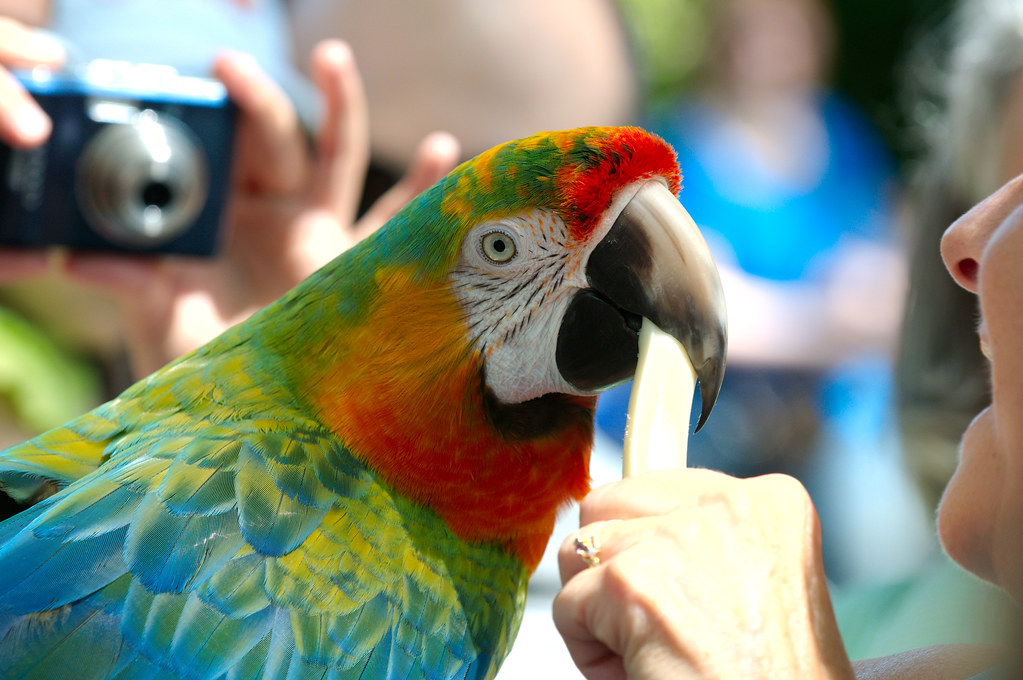
Some misinformed bird owners believe that small amounts of chocolate can be offered as an occasional treat, similar to how humans might enjoy it in moderation. This dangerous myth likely persists because many people are unaware of how severely toxic theobromine and caffeine compounds found in chocolate are to parrots. These substances affect birds’ cardiovascular and nervous systems much more severely than humans due to their smaller size and different metabolism.
Even tiny amounts of chocolate can cause vomiting, diarrhea, increased heart rate, seizures, and potentially death in parrots. Dark chocolate and baking chocolate are particularly dangerous as they contain higher concentrations of these toxic compounds. Chocolate in any form should never be offered to parrots under any circumstances.
The “Pellets Are Processed and Unnatural” Fallacy
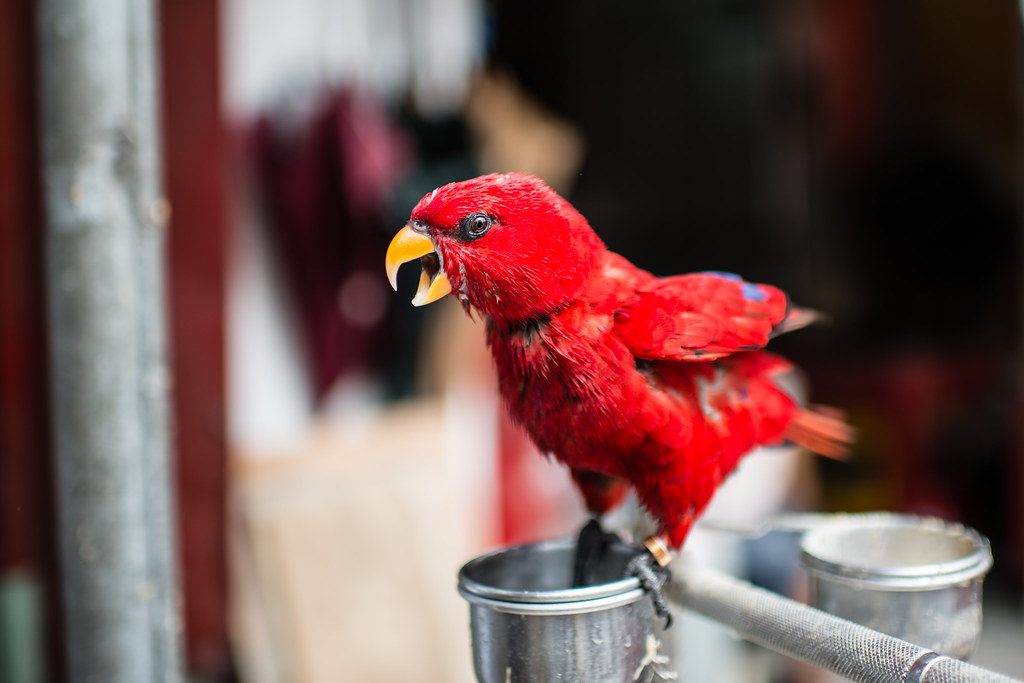
A growing myth among some holistic pet care communities suggests that formulated pellets are overly processed, unnatural, and therefore unhealthy for parrots. This misconception often leads well-meaning owners to avoid pellets entirely in favor of what they perceive as more “natural” diets. In reality, high-quality formulated pellets are scientifically developed to provide balanced nutrition that’s difficult to achieve through other food sources alone. Modern premium pellets often contain natural ingredients, vitamins, minerals, and amino acids in proportions specifically designed for avian health.
While pellets shouldn’t constitute 100% of a bird’s diet, they provide nutritional insurance that helps prevent the deficiencies commonly seen in birds fed only seeds or produce. Many avian veterinarians recommend that pellets make up approximately 50-80% of most companion parrots’ diets, supplemented with fresh foods.
The Milk and Dairy Products Myth
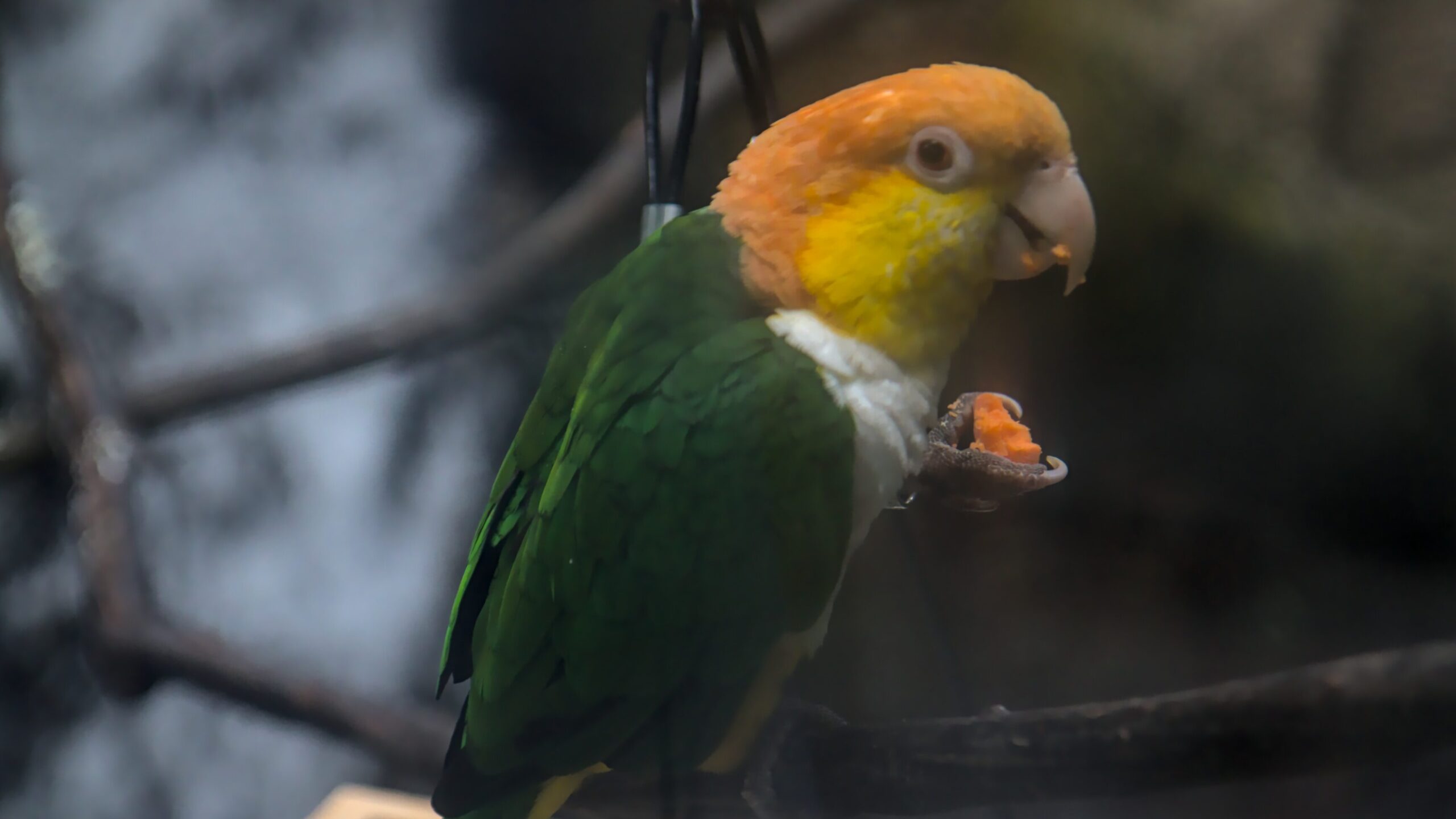
Some bird owners mistakenly believe that milk and dairy products are appropriate treats for parrots, especially when trying to provide additional calcium. This misconception likely stems from the human association between dairy and calcium, combined with a lack of understanding about avian digestive systems. Parrots, like most birds, are lactose intolerant and lack the necessary enzymes to properly digest dairy products. Feeding milk, cheese, yogurt, or other dairy can cause digestive upset, diarrhea, and gastrointestinal distress in parrots.
The calcium requirements of birds should instead be met through appropriate sources such as cuttlebone, mineral blocks, dark leafy greens, and properly formulated pellets. Even small amounts of dairy can disrupt the delicate balance of a parrot’s digestive system and potentially lead to serious health issues.
The “Table Food Is Fine” Misconception
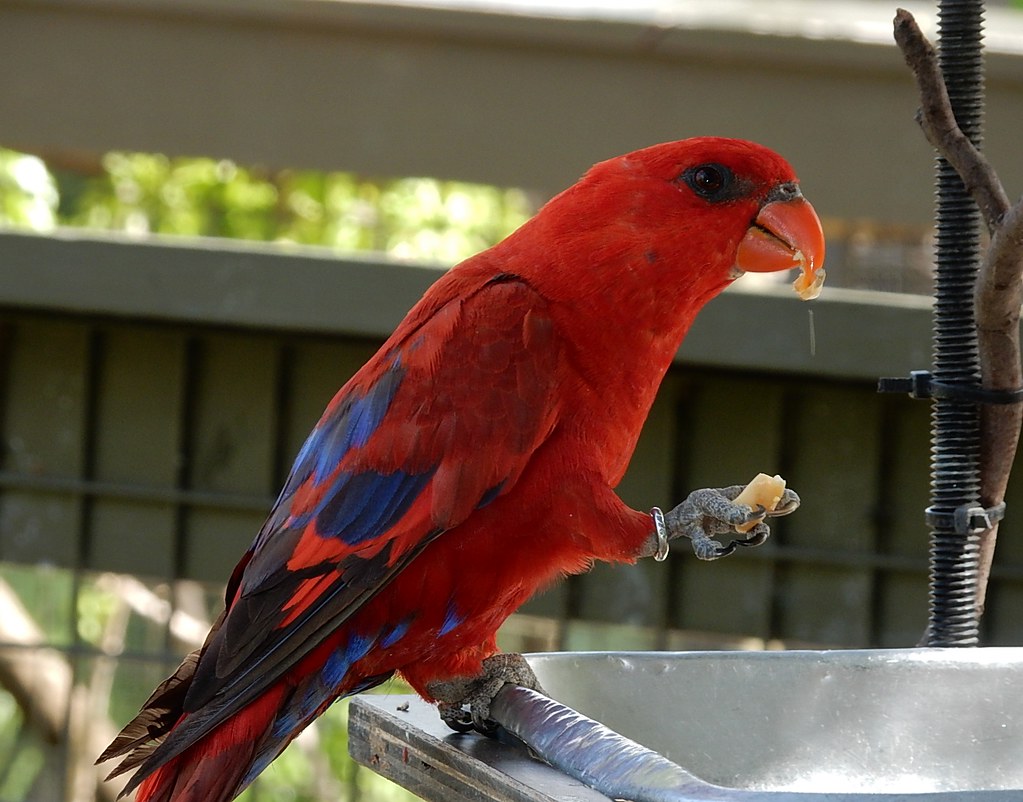
Many parrot owners believe sharing their own meals with their feathered companions is a harmless way to bond and provide variety. This misconception can lead to serious health problems as human foods often contain ingredients that are harmful to parrots. Salt, butter, oils, spices, and preservatives common in human cuisine can damage a bird’s kidneys, liver, and cardiovascular system over time.
Even seemingly innocent foods like toast may contain salt, butter, or other additives that accumulate in a bird’s system. Additionally, foods prepared for human consumption may be contaminated with bacteria from cutting boards or utensils that have contact with raw meat, creating infection risks. While some plain, unseasoned foods can be shared, parrots should primarily receive foods prepared specifically with their nutritional needs and safety in mind.
The “Wild Parrots Eat This” Fallacy

A dangerous rationale some owners use when choosing foods is the argument that “wild parrots eat this, so it must be safe.” This oversimplification fails to account for the vast differences between wild and captive environments. Wild parrots fly dozens of miles daily, expending significant energy that captive birds simply cannot match, regardless of exercise opportunities. Additionally, wild parrots have access to an incredible diversity of seasonal foods that would be impossible to replicate in captivity.
They also develop regional knowledge about which foods to avoid, passed down through generations. Perhaps most importantly, wild parrots typically have shorter lifespans than well-cared-for captive birds, so the long-term effects of certain foods may not be apparent in wild populations. Captive diets must be specifically tailored to the reduced energy expenditure and increased longevity of companion parrots.
The “More Protein Is Better” Myth
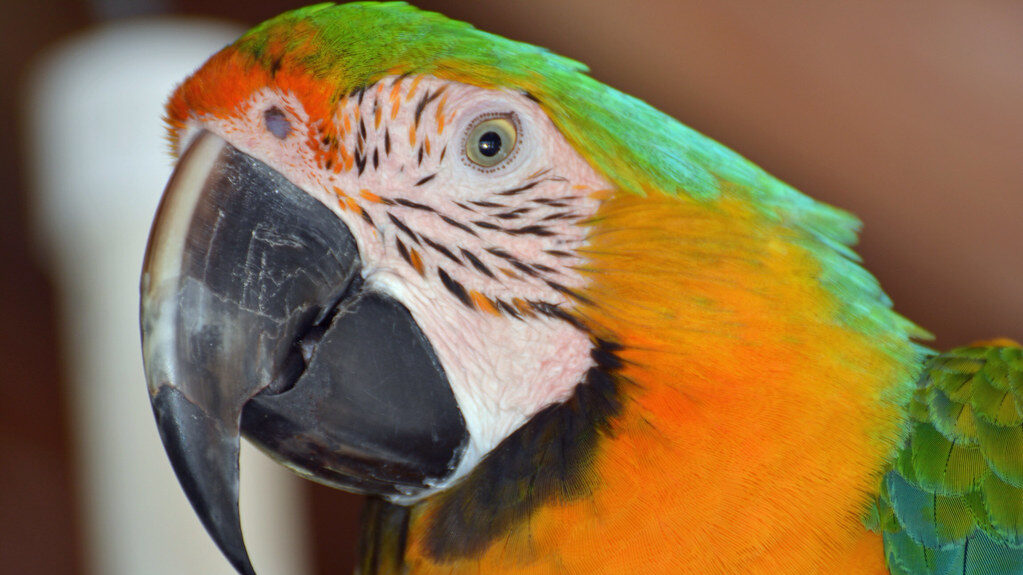
Some parrot owners, particularly those with breeding birds, believe that providing high amounts of protein will benefit their birds’ health and reproduction. This misconception can lead to feeding excessive nuts, legumes, meat, or eggs that create an imbalanced diet. While protein is certainly essential for parrots, excessive amounts can strain the kidneys and liver as they work to process and eliminate the nitrogen byproducts of protein metabolism. Different species and life stages have varying protein requirements—for instance, growing chicks and breeding hens need more protein than adult maintenance levels.
Most companion parrots require moderate protein levels that are adequately supplied through a balanced diet of quality pellets supplemented with fresh foods. Excessive protein, particularly from animal sources, can lead to gout, kidney damage, and other health complications in parrots.
The “One Diet Fits All Parrots” Misconception
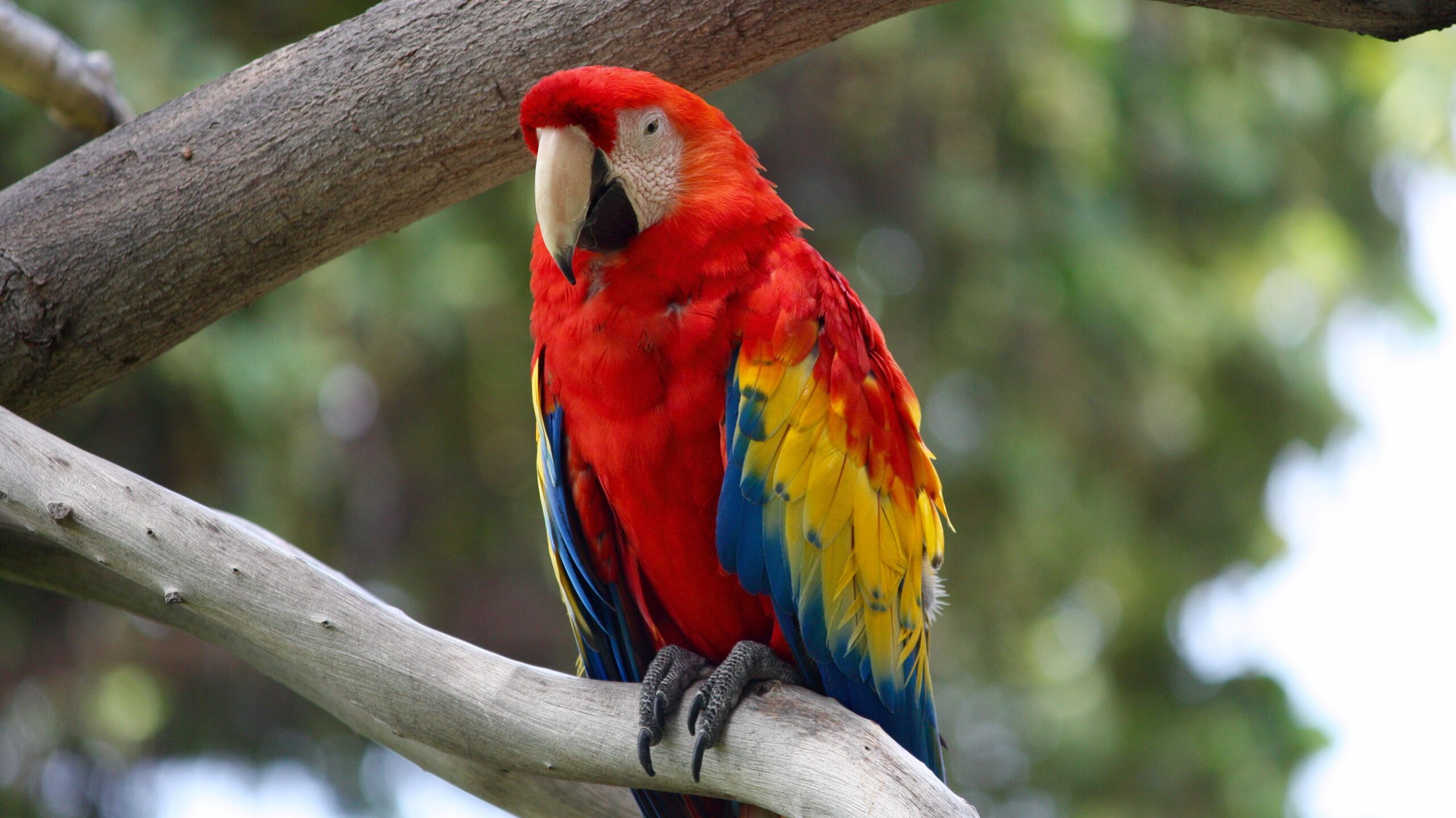
A prevalent misconception is that all parrot species have identical nutritional requirements, leading owners with multiple birds to provide the same diet across species. In reality, the parrot family encompasses over 350 diverse species with significantly different natural diets and nutritional needs. For example, macaws require higher fat content than many other species due to their size and metabolism, while lories have specialized brush-tongues designed for nectar and require liquid diets.
Budgerigars naturally consume more seeds than larger parrots, while African greys are particularly susceptible to calcium deficiencies and require careful calcium supplementation. Even within species, individual birds may have different needs based on age, health status, and activity level. Responsible parrot ownership involves researching the specific dietary requirements of each species and consulting with avian veterinarians to develop appropriate feeding plans.
The “Fresh Water Is Optional” Myth
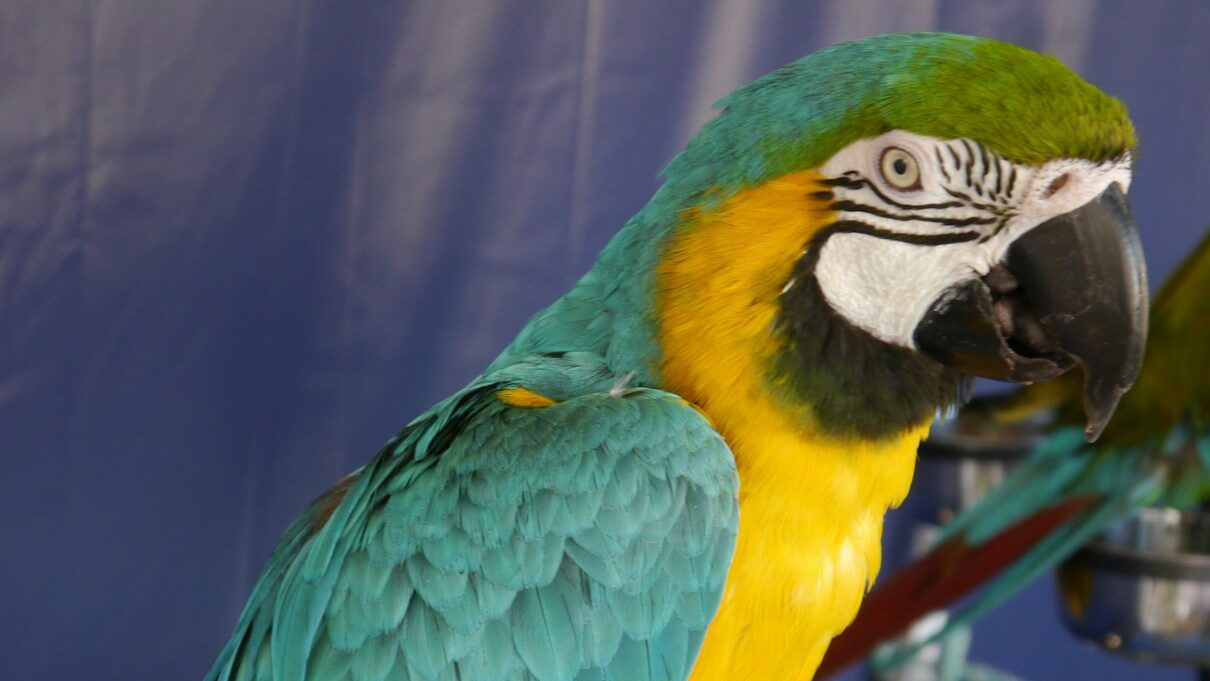
Some parrot owners mistakenly believe that birds get sufficient hydration from fruits and vegetables, making fresh water optional rather than essential. This dangerous misconception can lead to chronic dehydration, kidney problems, and overall poor health in companion birds. While fruits and vegetables do contain water, they cannot replace the need for clean, fresh drinking water available at all times. Parrots use water not only for hydration but also for preening and maintaining feather condition.
Water requirements increase during hot weather, when feeding dry foods like pellets and seeds, during breeding seasons, and when birds are molting. Water dishes should be cleaned and refilled at least once daily, as bacteria multiply rapidly in standing water, especially when contaminated with food particles or droppings. Providing constant access to clean water is one of the most basic yet crucial aspects of parrot care.
The “Grit Is Essential” Misconception
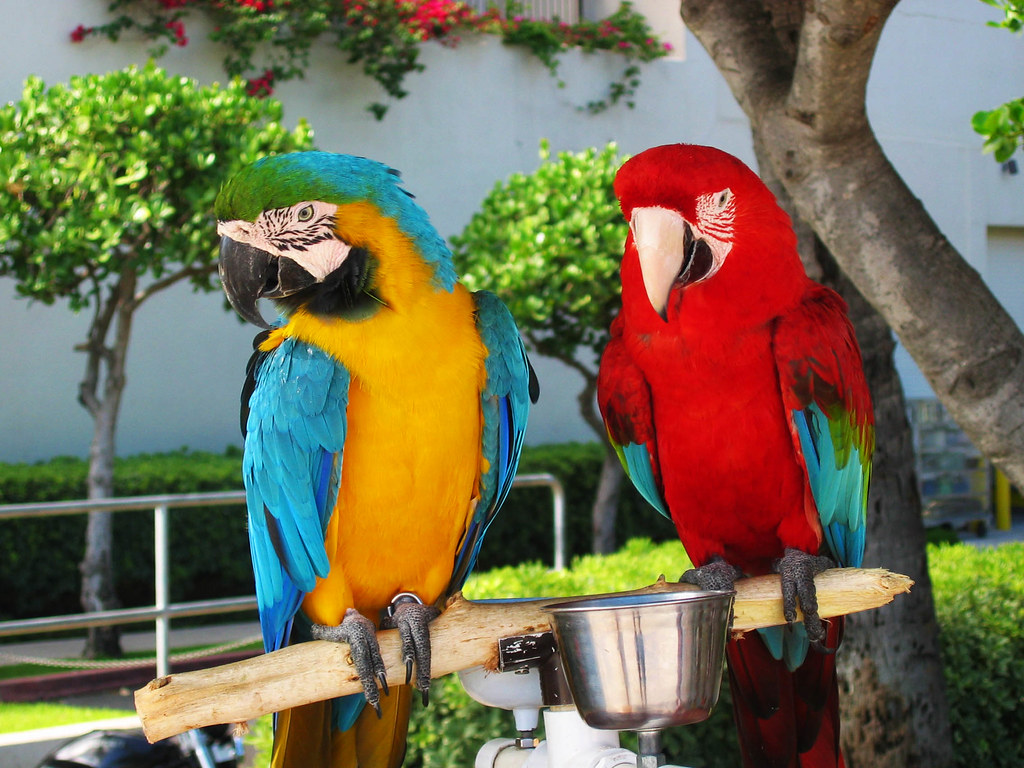
A persistent myth suggests that all pet birds require grit in their diet to help digest their food, leading some owners to regularly provide commercial grit products. This misconception stems from correctly understanding that some bird species, particularly ground-feeding birds like chickens and doves, do require grit to help grind food in their gizzards. However, most parrots hull their seeds before consuming them and have different digestive processes that don’t rely on grit for proper digestion. Unnecessary grit consumption can actually lead to impaction in the digestive tract of parrots, creating potentially life-threatening blockages.
Small amounts of very fine, soluble grit or mineral blocks may be beneficial for providing trace minerals, particularly calcium, but insoluble grit should generally be avoided for most parrot species. Avian veterinarians rarely recommend regular grit supplementation for healthy companion parrots maintained on quality diets.
The Transition Myth: “My Bird Won’t Try New Foods”
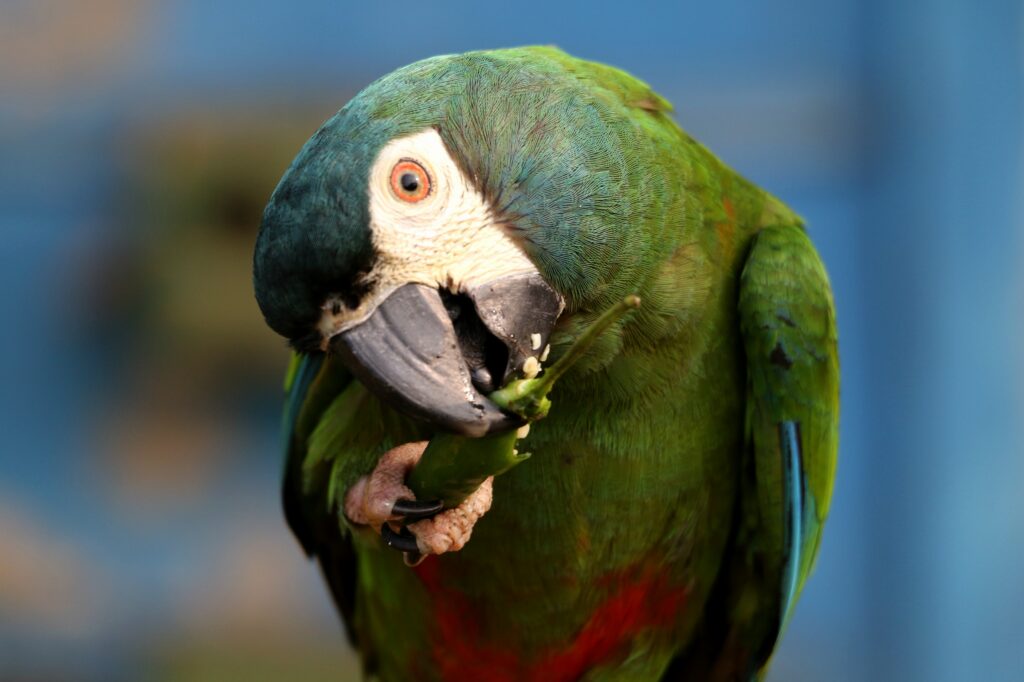
Many owners become resigned to poor diets after concluding their bird “won’t eat anything but seeds” after a few unsuccessful attempts at introducing healthier options. This myth perpetuates the continuation of nutritionally inadequate diets and stems from misunderstanding parrot psychology and feeding behavior. Parrots are naturally neophobic (fearful of new things) as a survival mechanism—in the wild, approaching unknown foods could be deadly. Converting a seed-addicted bird to a healthier diet requires patience, persistence, and strategic approaches rather than giving up after initial resistance.
Successful conversion techniques include gradual mixing of new foods with familiar ones, modeling eating behaviors (birds are more likely to try foods they see their human companions eating), presenting foods in different forms and textures, and using positive reinforcement. The transition period may take weeks or even months, but most parrots can eventually accept a more varied and nutritious diet with consistent effort and appropriate techniques.
Navigating Nutritional Needs: Moving Forward
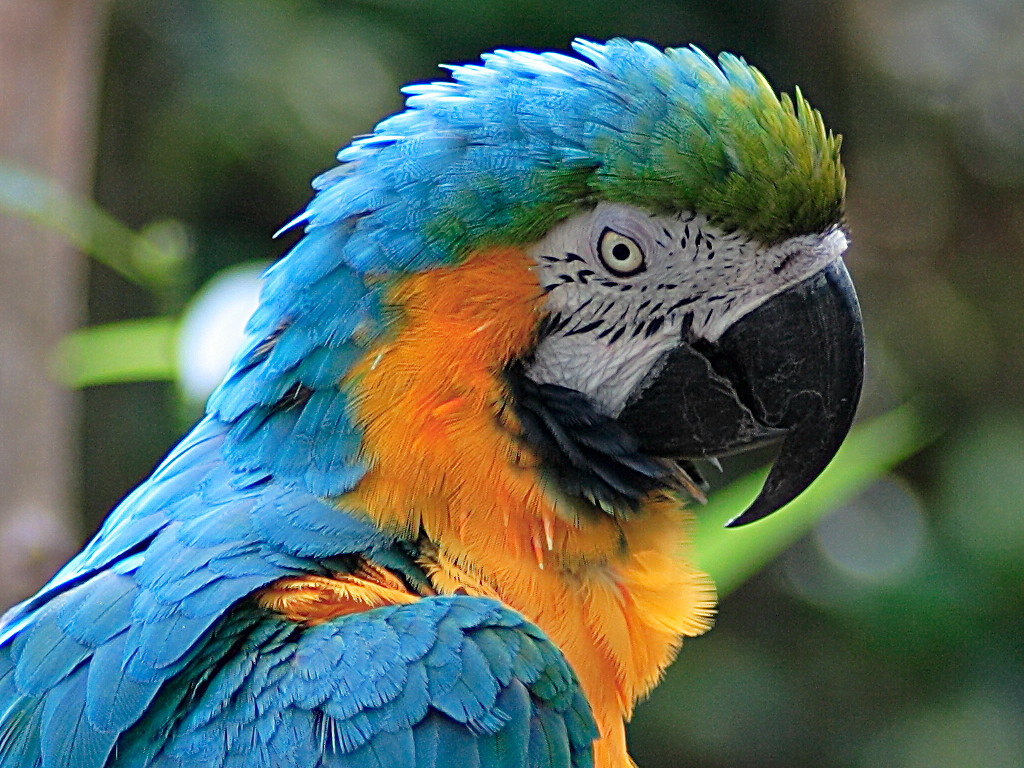
Dispelling these dangerous dietary myths is crucial for the health and longevity of companion parrots. The best approach to parrot nutrition combines current scientific knowledge with an understanding of natural foraging behaviors and species-specific requirements. Most avian veterinarians recommend a diet centered around high-quality formulated pellets (50-80% of intake), supplemented with a variety of fresh vegetables, limited fruits, and occasional healthy treats like nuts or seeds. Regular consultations with avian veterinarians can help owners develop and adjust feeding plans based on individual birds’ health status, age, and specific needs.
Staying informed through reputable sources such as avian veterinary journals, university extension services, and major avian organizations helps owners navigate the constantly evolving field of avian nutrition. By basing feeding practices on science rather than myths, parrot owners can provide their beloved companions with the nutrition they need to thrive for decades to come.



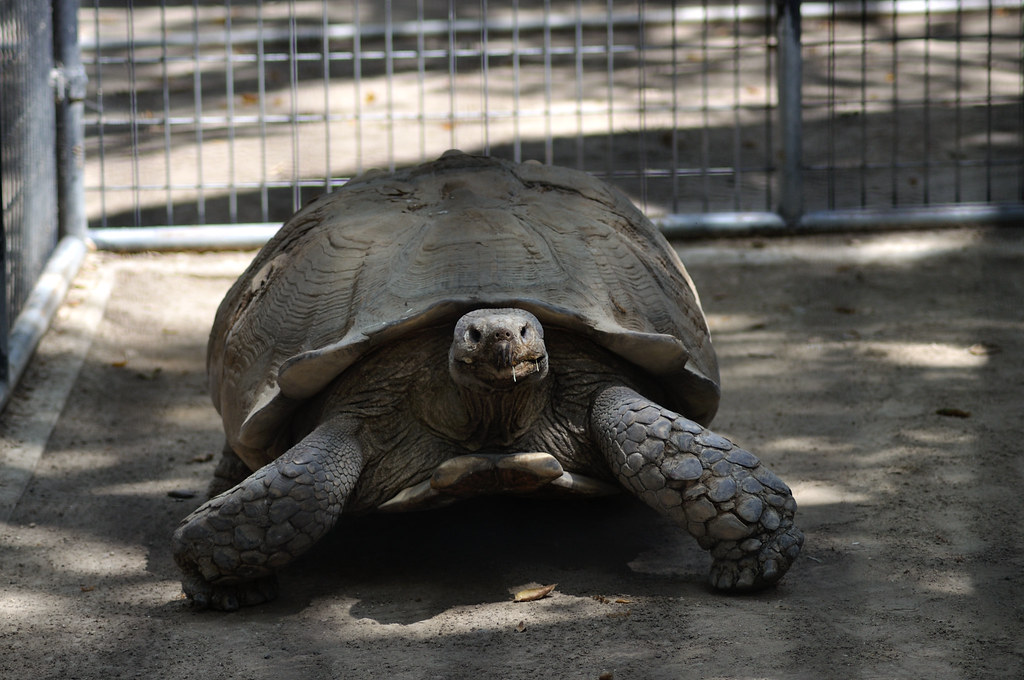
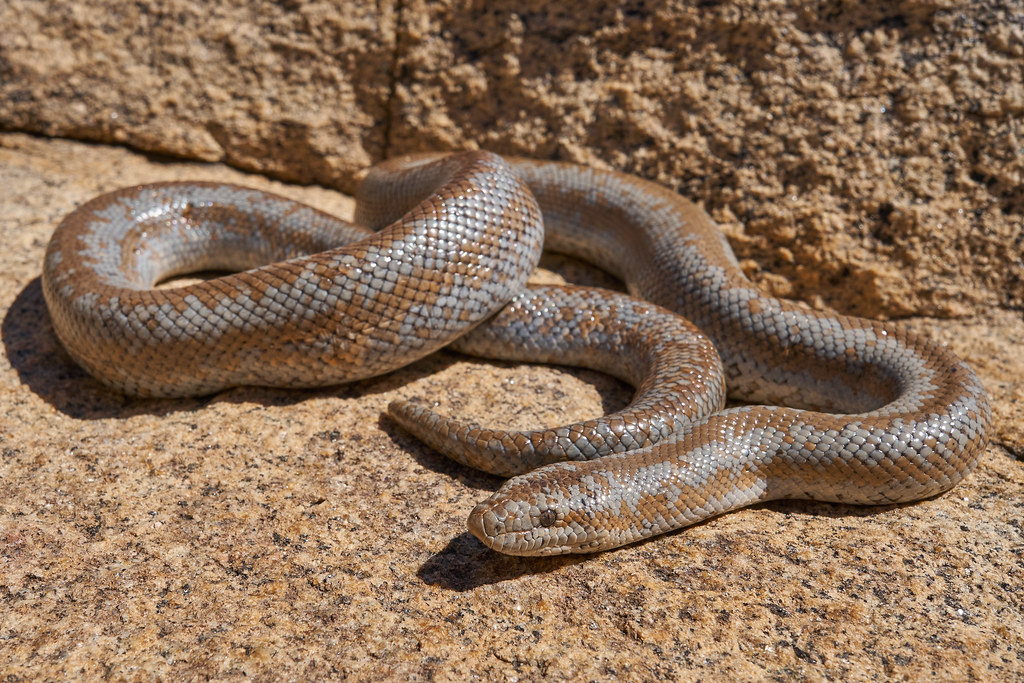
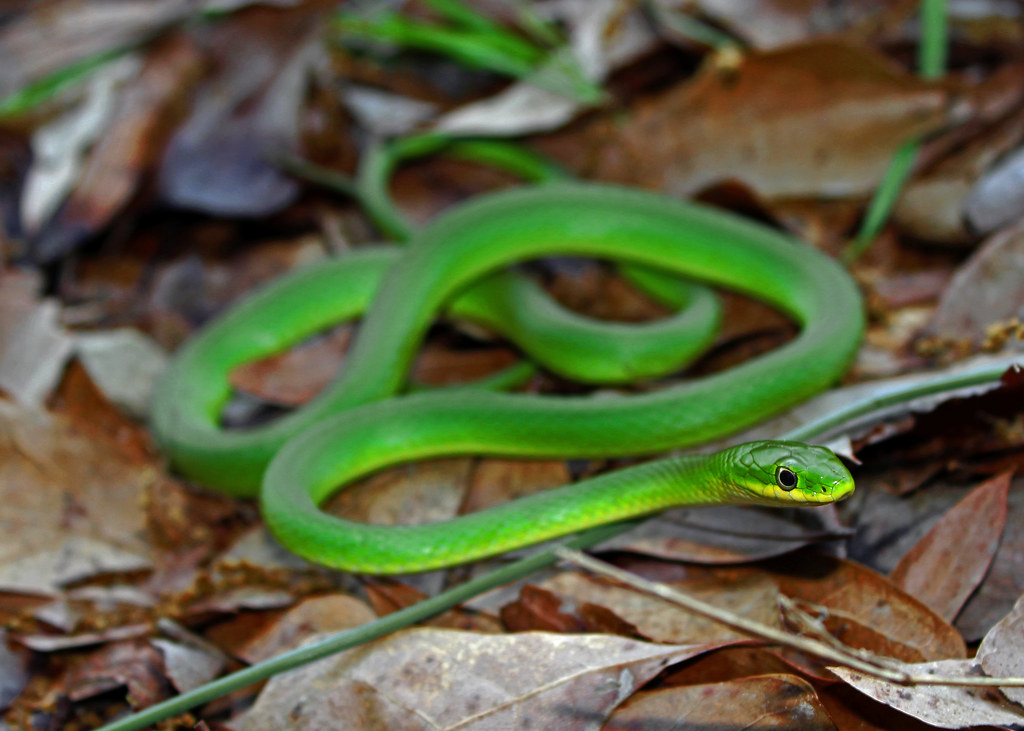
Leave a Reply